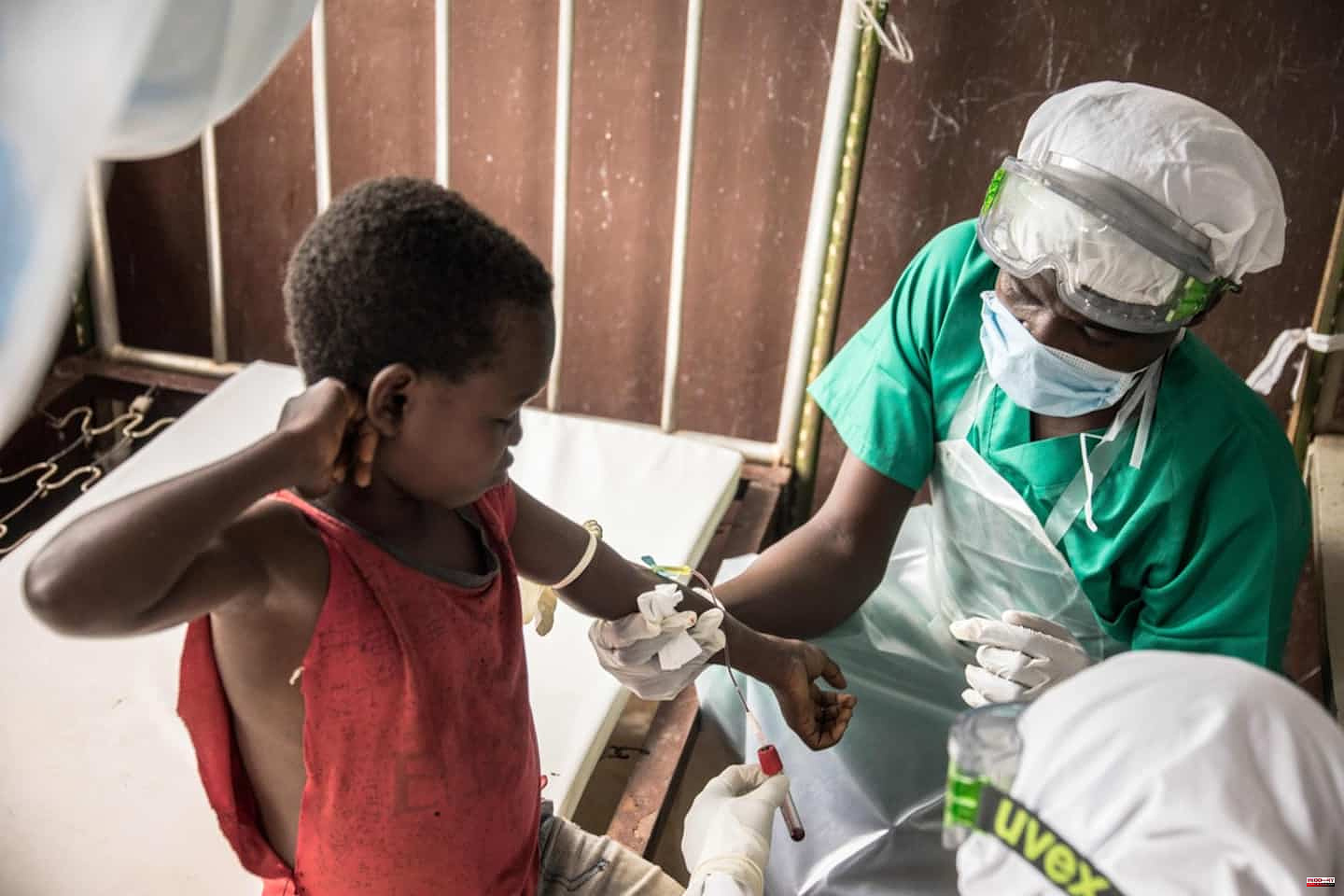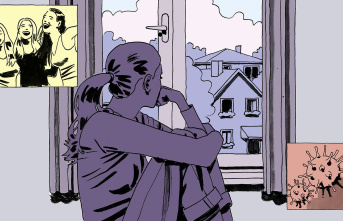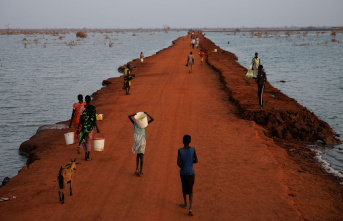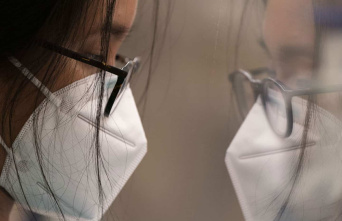Monkeypox, several cases of which have been detected in Europe and North America, is a rare disease originating in Africa, which is generally cured spontaneously.
• Read also: 17 suspected cases of monkey pox under investigation in Greater Montreal
• To read also: Monkey pox: around forty suspected or confirmed cases in Spain and Portugal
Monkeypox or "simian orthopoxvirus" is a rare disease whose pathogen can be transmitted from animals to humans and vice versa.
When the virus reaches humans, it is mainly from various wild animals, rodents or primates for example. Human-to-human transmission is limited, says the World Health Organization (WHO).
Its symptoms resemble, but less severe, those observed in the past in subjects with smallpox: fever, headache, muscle pain, back pain, during the first five days. Then appear rashes (on the face, the palms of the hands, the soles of the feet), lesions, pustules and finally scabs.
It was first identified in humans in 1970 in the Democratic Republic of Congo (formerly Zaire) in a 9-year-old boy living in an area from which smallpox had been eliminated since 1968.
Since 1970, human cases of monkeypox have been reported in 10 African countries.
In the spring of 2003, cases were also confirmed in the United States, marking the first appearance of this disease outside the African continent.
Infection in initial cases results from direct contact with blood, body fluids, or skin or mucous membrane lesions of infected animals.
Secondary, i.e. person-to-person, transmission can result from close contact with infected secretions from the respiratory tract, skin lesions of an infected person, or objects recently contaminated with body fluids or materials from the lesions. of a patient.
On Monday, the WHO said it was taking a close interest that some of the cases in the UK appear to have been passed on within the gay community.
“It is probably too early to draw conclusions on the mode of transmission or to assume that sexual activity was necessary for transmission”, however warned Michael Skinner, virologist at Imperial College London, with the organization Science media center (SMC).
Monkeypox usually heals on its own and symptoms last 14 to 21 days. Severe cases occur more frequently in children and are related to the extent of exposure to the virus, the patient's medical condition and the severity of complications.
According to the epidemics, the lethality rate could vary enormously but it remained below 10% in all the documented cases, mainly in young children.
“The West African strain, from which the UK cases suffer, is estimated to have a fatality rate of around 1%. There is also a strain found in the Congo region which can be fatal in 10% of cases, but the UK cases do not have this strain,” said Simon Clarke, professor of cellular microbiology at the University of Reading, Australia. SMC.
Is there a treatment? There are no specific treatments or vaccines for monkeypox, but outbreaks can be contained, says the WHO. Smallpox vaccination has been proven in the past to be 85% effective in preventing monkeypox but the vaccine is no longer available to the general public after its manufacture was discontinued following the global eradication of the disease. smallpox.
“The good news is that the smallpox vaccine works against monkeypox; the bad news is that most people under 45 are not vaccinated,” tweeted epidemiologist Eric Feigl-Ding.
1












